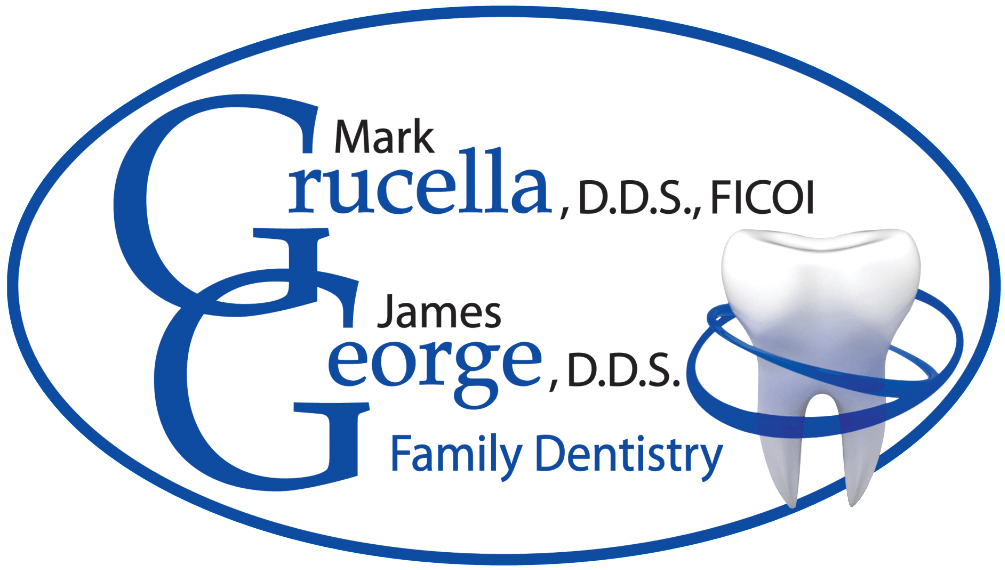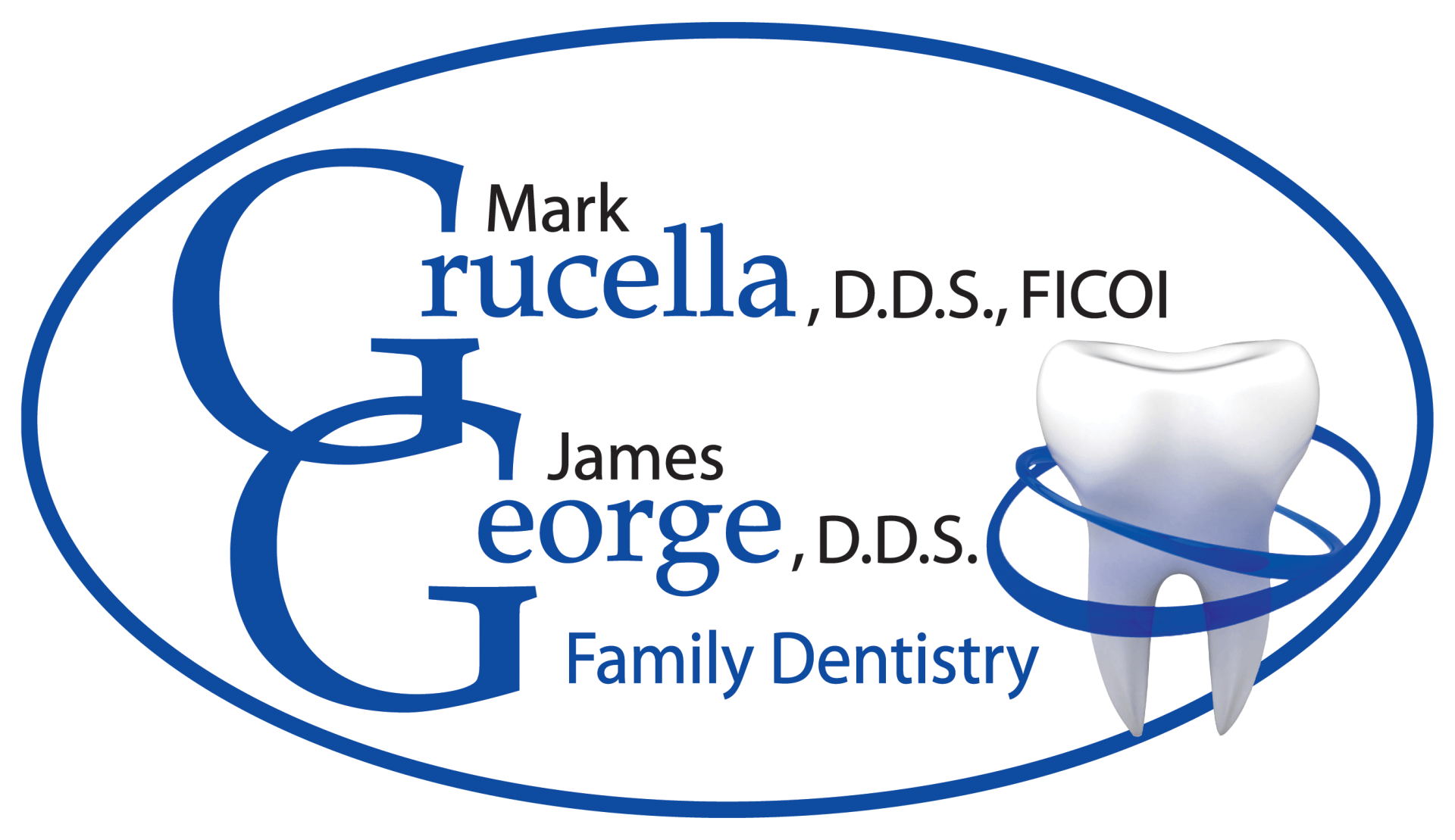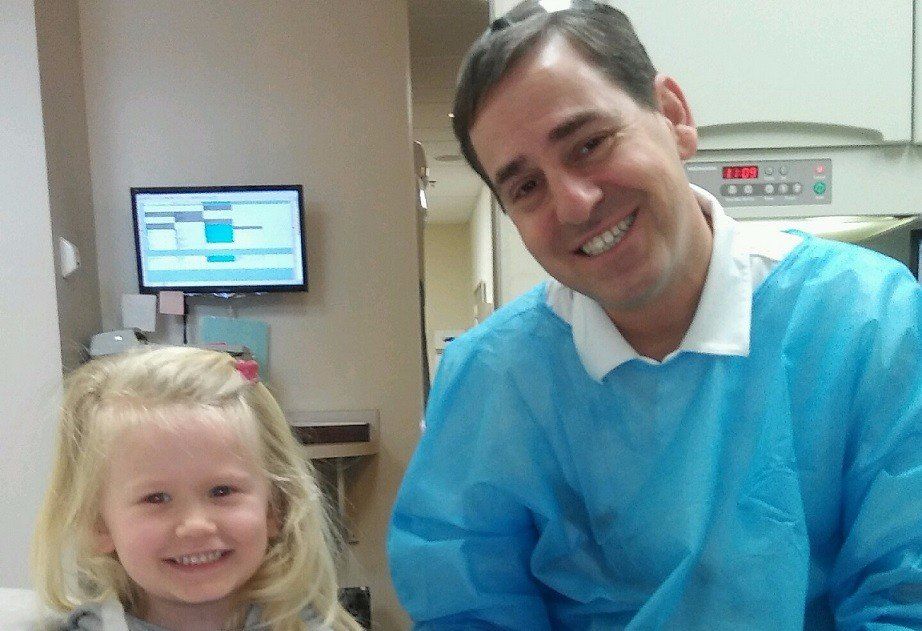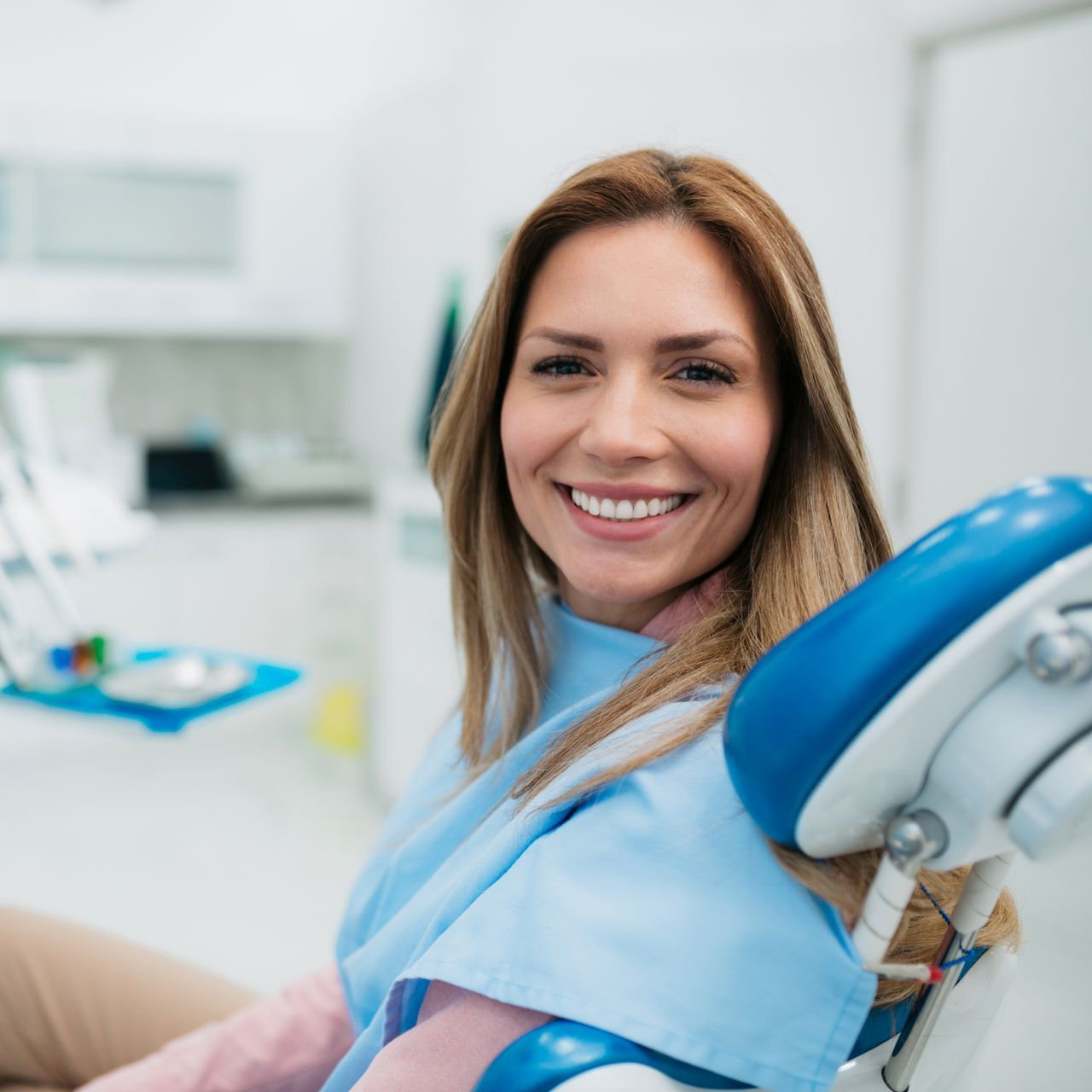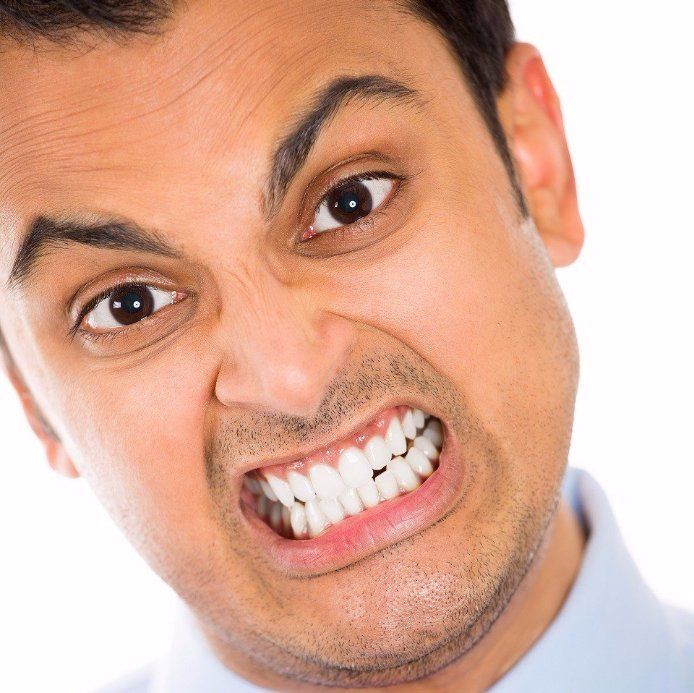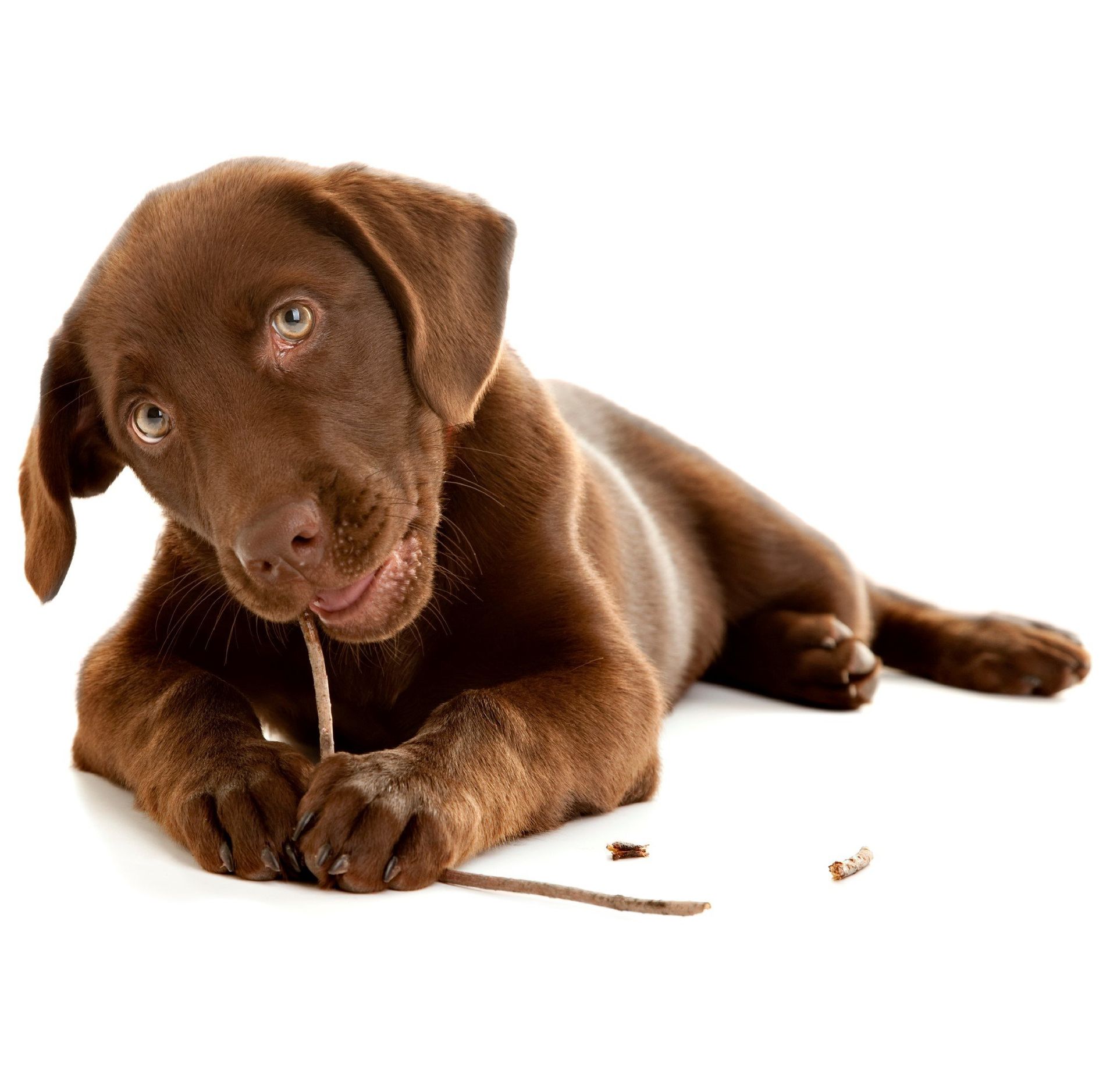Your Child's Healthy Smile | Tips from Akron Ohio Dentist Dr. Mark Grucella
Learn How Your Child's Teeth Develop and Preventing Tooth Decay
The American Academy of Pediatric Dentistry recommends that a child's first visit to the dentist should occur by 12 months of age. This visit will enable the dentist to evaluate your child and introduce you to proper oral hygiene. Diet, fluoride, finger and pacifier habits and tooth eruption will be discussed to insure optimal dental health.
Tooth Eruption Chart
Teeth vary in size, shape and their location in the jaws. These differences enable teeth to work together to help you chew, speak and smile. They also help give your face its shape and form. At birth people usually have 20 baby (primary) teeth, which start to come in (erupt) at about 6 months of age. They fall out (shed) at various times throughout childhood. By age 21, all 32 of the permanent teeth have usually erupted.
The following chart shows when your child's primary teeth (also called baby teeth or deciduous teeth) should erupt and shed. Eruption times vary from child to child.
The first teeth begin to break through the gums at about 6 months of age. Usually, the first two teeth to erupt are the two bottom central incisors (the two bottom front teeth). Next, the top four front teeth emerge. After that, other teeth slowly begin to fill in, usually in pairs - one each side of the upper or lower jaw - until all 20 teeth (10 in the upper jaw and 10 in the lower jaw) have come in by the time the child is 2 to 3 years old.
Some interesting facts about primary teeth:
- Girls generally precede boys in tooth eruption
- Usually for every 6 months of life approximately 4 teeth will erupt
- Lower teeth usually erupt before upper teeth
- Teeth in both jaws usually erupt in pairs - one on the right and one on the left
- Primary teeth are smaller in size and whiter in color than the permanent teeth that will follow
- Shortly after age 4, the jaw and facial bones of the child begin to grow, creating spaces between the primary teeth. This is a perfectly natural growth process that provides the necessary space for the larger permanent teeth to emerge.
Why It's Important to Care for Baby Teeth
While it's true that baby teeth are only in the mouth a short period of time, they play a vital role. Baby teeth:
- Reserve space for their permanent teeth
- Give the face its normal appearance
- Aid in the development of clear speech
- Help attain good nutrition (missing or decayed teeth make it difficult to chew, causing children to reject foods)
- Help give a healthy start to the permanent teeth (decay and infection in baby teeth can cause damage to the permanent teeth developing beneath them)
Does Your Child Need Dental Sealants?
Dental sealant is thin, vinyl material that is placed in the grooves and pits of adult back teeth (molars and premolars) to prevent cavities. Sealants are applied to the chewing surfaces in the pits and grooves of teeth where cavities occur more often. The sealant quickly bonds into the depressions and grooves of the teeth, forming a protective shield over the enamel of each tooth.
Although thorough brushing and flossing can remove food particles and plaque from smooth surfaces of teeth, they cannot always get into all the pits and grooves of the back teeth to remove the food and plaque. Sealants protect these vulnerable areas from tooth decay by "sealing out" plaque and food.
Who Should Get Sealants?
Because of the likelihood of developing decay in the depressions and grooves of the premolars and molars, children and teenagers are candidates for sealants. However, adults without decay or fillings in their molars can also benefit from sealants.
Typically, children should get sealants on their permanent molars and premolars as soon as these teeth come in. In this way, the sealants can protect the teeth through the cavity-prone years of ages 6 to 14.
How Are Sealants Applied?
Applying sealant is a simple and painless process. NO DRILLNG!!! It takes only a few minutes for your dentist or hygienist to apply the sealant to seal each tooth. The application steps are as follows:
1. First the teeth that are to be sealed are
thoroughly cleaned.
2. Each tooth
is then dried, and cotton or another absorbent material is put
around the tooth to keep it dry.
3. An acid solution is put on the chewing surfaces of the teeth to roughen them up, which helps the sealant bond to the teeth.
4. The teeth are then rinsed and dried.
5. Sealant is then painted onto the tooth enamel, where it bonds directly to the tooth and hardens. Special curing light is used to help the sealant harden.
How Long Do Sealants Last?
Sealants can protect teeth from decay for
up to 10 years, but they need to be
checked for chipping or wearing at regular dental check-ups.
Your dentist can replace sealants
as necessary.
Does Insurance Cover the Cost of Sealants?
Many insurance companies cover the cost of sealants. Check with your dental insurance carrier to determine if sealants are covered under your plan.
Fluoride
Fluoride is a natural mineral that helps prevent cavities in children and adults by making the outer surface of teeth (the enamel) more resistant to acids that cause tooth decay.
How fluoride is beneficial?
Fluoride is advantageous to dental health because of its systemic
effects before tooth
eruption and topical effects
after tooth eruption.
Before teeth erupt, fluoride taken in from foods, beverages
and dietary supplements make tooth enamel stronger, and more resistant to tooth decay. This provides what is called the "systemic" benefit. After teeth erupt, fluoride helps rebuild weakened tooth enamel and reverses early signs of tooth decay. By brushing teeth with fluoride toothpaste or using fluoride
dental products the fluoride provides topical benefits.
Where fluoride is found?
Fluoride is naturally found in most water sources , rivers, lakes, wells and even the oceans. For years it has been added to public water supplies to help prevent tooth decay. Certain foods contain fluoride but usually not enough to constitute a significant part of the day's need for cavity prevention. Meat, eggs, vegetables, cereals and fruits have very small but measurable amounts, whereas tea and fish have large amounts. Food cooked in fluoridated water retain fluoride from the cooling water. Bottled or filtrated water usually does NOT contain optimal fluoride.
Toothpaste with fluoride has been responsible for a significant drop in cavities. It is recommended to brush at least two times each day (morning and night) for two
minutes each time you brush.
Recommended Brushing Practices for Young Children
For children younger than 3 years old, start brushing their teeth as soon as their teeth start to appear with non-fluorinated toothpaste or just with a small size (grain of rice) fluorinated toothpaste.
For children 3 to 6 years old, use no more than a pea-sized amount of fluoride toothpaste. Always supervise your child's brushing to make sure they use the right amount and try to get your child to spit out most of the toothpaste after brushing.
Mouthwashes
Fluoridated mouthwashes could also help to prevent cavities but children six years old or younger should not use it unless it has been recommended by a dentist. Many children younger than 6 years old are more likely to swallow it than spit it out because their swallow reflexes are not fully developed.
Dentists or dental hygienists may apply topical fluoride for children and adults who are at a high risk for cavities at regular appointments for cleanings.
To learn more, please contact us by calling 330-733-7911
or send us a website message
at any time.
